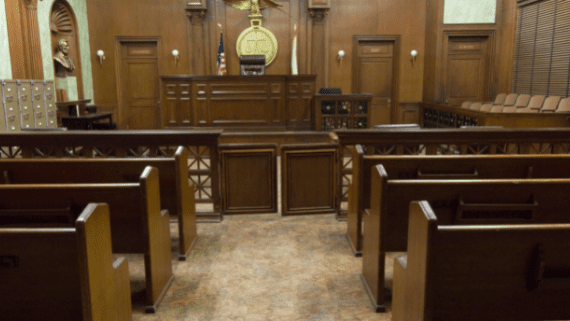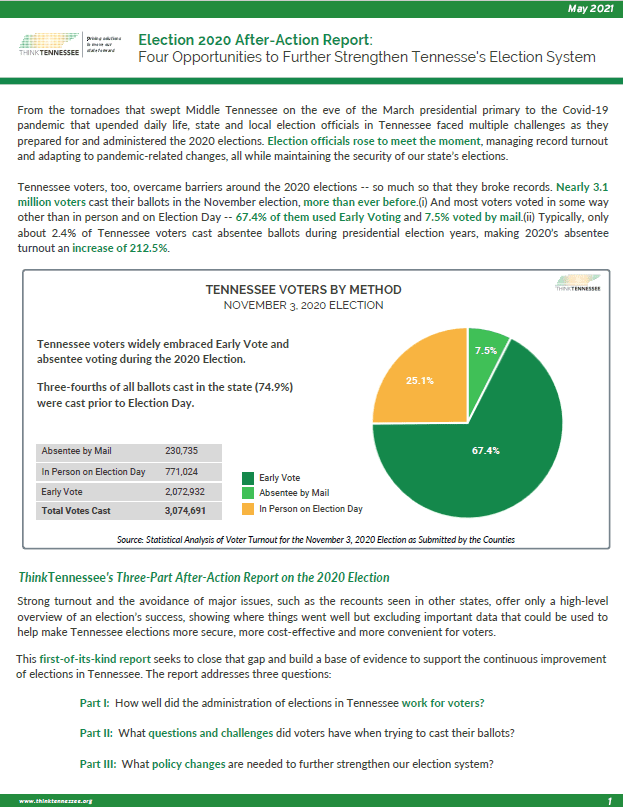Report Finds Tennessee’s Redistricting Process Should Include
New Opportunities for Public Engagement
Think tank’s new series details state’s redistricting laws,
suggests once-in-a-decade opportunities to include Tennesseans’ input
NASHVILLE – At least 33 states allow members of the public to view draft electoral maps before they are finalized, and Tennessee should, too, according to a new three-part report on redistricting released today by ThinkTennessee. The nonpartisan think tank’s series includes four recommendations for increasing Tennesseans’ opportunities to engage in the once-in-a-decade process.
The report follows the release of the first population counts from the 2020 Census, which inform how electoral seats for the U.S. House of Representatives and state legislatures are allocated, and comes at the end of Tennessee’s legislative session, moving the state one step closer to the start of the redistricting timeline.
“Redistricting shapes how we will be governed for the next decade,” said Shanna Singh Hughey, president of ThinkTennessee. “When it comes to the health of our democracy, the process through which redistricting is conducted can be as important as the lines that are ultimately drawn. Allowing Tennesseans to meaningfully participate in that process would enhance their trust in the system and deepen civic engagement.”
The informational series on redistricting is broken into three sections:
- Part I: Redistricting Laws and Timelines: Describes the federal and state laws governing redistricting, along with general timelines and map-drawing requirements.
- Part II: Redistricting in Tennessee (2011-2012): Describes how Tennessee’s most recent redistricting process worked and who was responsible for it.
- Part III: Recommendations to Enhance Public Trust: Provides a list of four proven ideas legislators should consider if they want to give voters an opportunity to more fully engage with the redistricting process.
Tennessee likely will follow a timeline similar to its 2011-2012 redistricting process, with House and Senate redistricting committees forming this summer to oversee the drawing of the House, Senate and congressional maps. According to this schedule, the most opportune window for public engagement would run from committee formation until final maps are approved early in the 2022 legislative session.
Beyond summarizing the process and timeline, the report also found that four proven ideas would increase public engagement in the redistricting process: (1) increasing proactive communication to constituents about the process; (2) hosting virtual or in-person meetings to solicit community input; (3) allowing virtual access to all legislative redistricting meetings; and (4) soliciting public feedback on draft maps.





